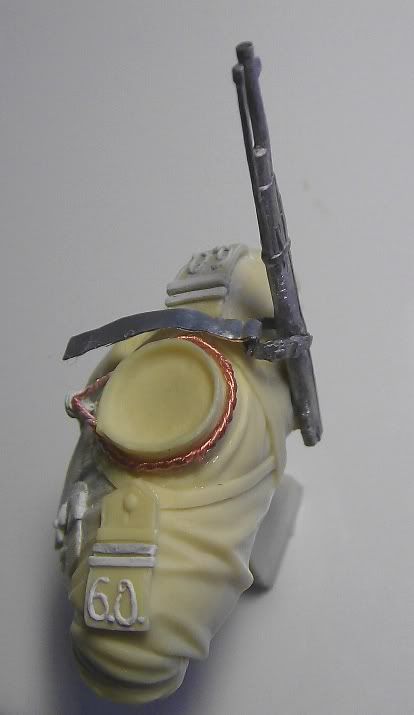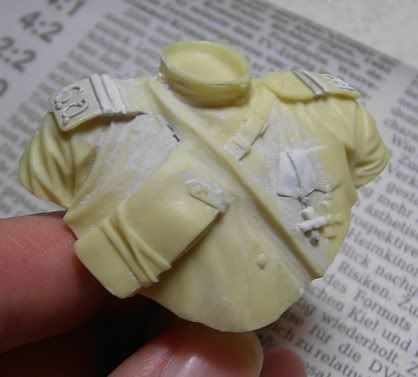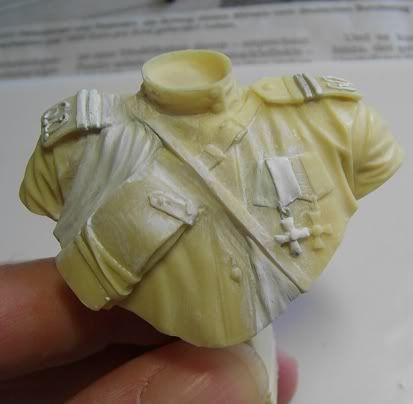Martin Antonenko
A Fixture
- Joined
- Jul 11, 2008
- Messages
- 8,994
30. Day, 19. November, 2010
Thanks a lot, Mark, Steve, Antonio and Kevin!!!
Today I make the second shoulder piece …:
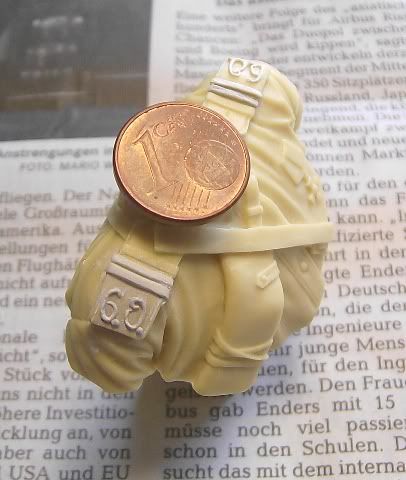
Then I have gone in the small points of the yesterday's shoulder piece once more in it. They had been criticised in another forum.
Now it looks better, I think …:
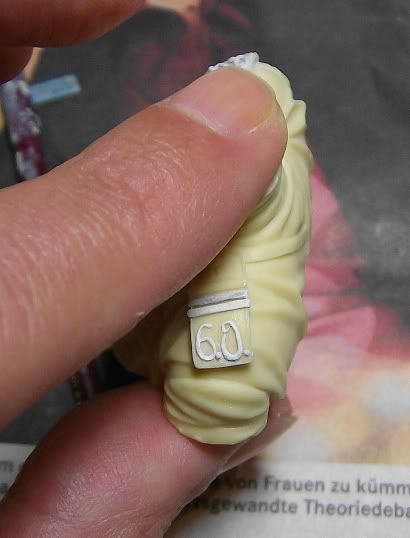
And, moreover, I would still like to tell You a little bit about the Orenburg Cossack host ("Orenburgskoje Kasatschi Woiska") …:
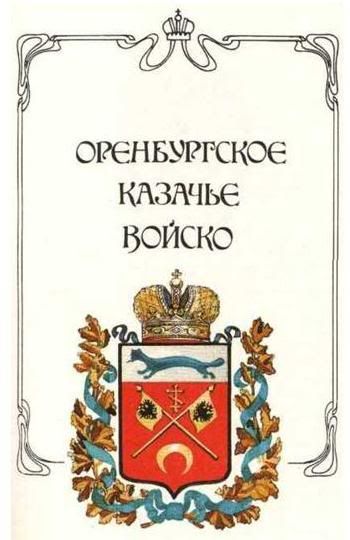
These Cossacks lived in the Orenburg area in the Ural steppe …:
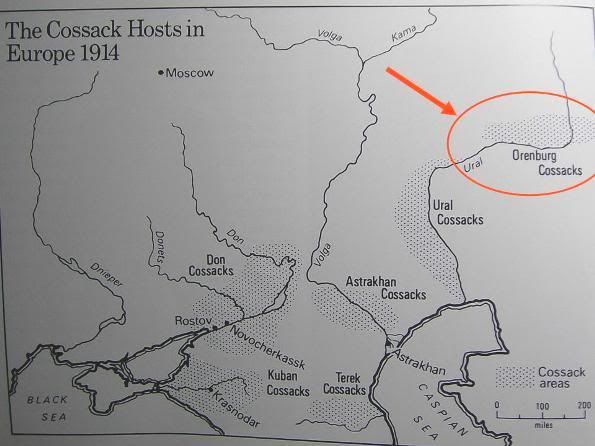
The beginnings of the city is a small fortress which had been founded in 1735 in the Urals steppe.
This fortress, "Orsk" was called (after the river Or there) directed against the unexploited area there and the Tartars living beyond the Russian border.
It was a component of the Russian settlement belt, in the Cossack, as well as elsewhere, as military farmers were settled.
By her foundation the fortress had been called first "castle Oren", also after the river, but just with the German ending "Burg" (=Castle”).
Such German names seemed by town foundations in Russia absolutely frequent (for example, Sankt Petersburg, Jakaterinburg etc.)
While the original fortress had to be given up, a new fortress was established in 1743 nearby which was called then again "Orenburg" and is today a capital of the Oblast (area) Orenburg.
Today the town has just 525,000 inhabitants and is only a little smaller than Bremen, my hometown.
The Orenburg cossacks put at times of the last czars one of the smaller ones of eleven Cossack hosts.
In the First World War they moved with 31.623 men and suffered, like other Cossack's units also – considerable losses.
Up to the 2nd of December, 1916 66 officers and 687 team ranks died, 190 officers and in 2863 man were wounded and 22 officers as well as 134 men got in captivity.
After the 2nd of December, 1916 there are on account of the revolution, the chaotic time of the temporary government, the next October revolution and the civil war (till 1922) no more dependable figures.
But because the Orenburger stood by the majority on the part of the restaurativen forces – the "white" – they might have had in the civil war a considerable bloodletting …
Badge colour of the Orenburger Cossacks was light blue.
Here the peace uniform …:
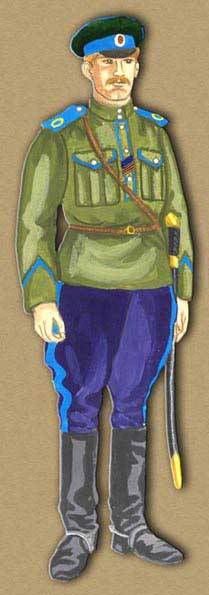
… is also carried today again …:
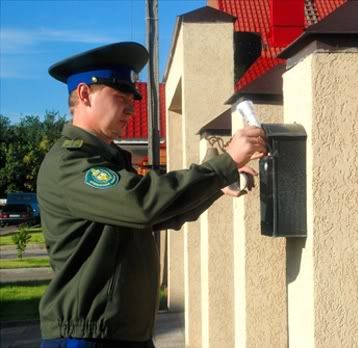
However, back to the Orenburger peace uniform:
The cap was deep-blue with light blue cap tape …
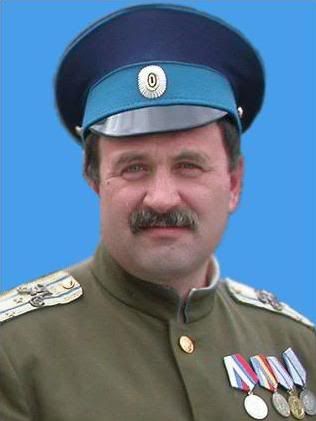
… the shoulder pieces were also light blue with silver rank badges and yellow numbers´
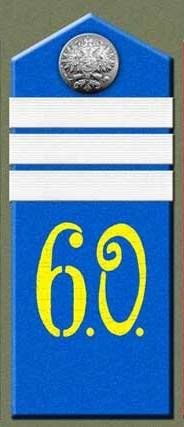
The field uniform of the Orenburger saw meanwhile thus from …:
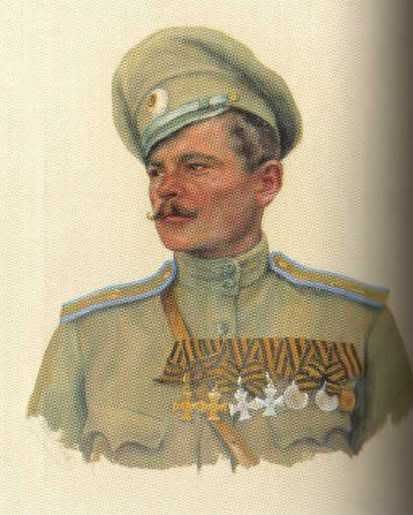
The cap was a khaki, the also khaki-coloured epaulets had a light blue edge (or also not!). Rank badges remained silver and the numbers yellow.
What concerns the caps:
To me like neither the quite khaki-coloured, nor the blue / light blue version.
Good for me, because beside these both variations one more mixing variation which is booked also several times was carried:
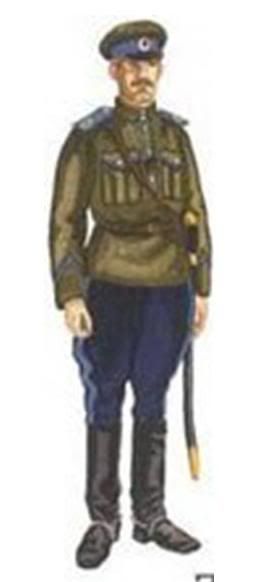
There is also this variation today again …:
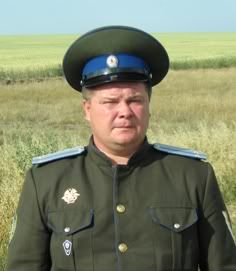
With it is decided for me how I will paint my Cossack:
The cap becomes Khaki / light blue ones
The rest will be shown like the regulation-appropriate field uniform.
But first I will model the next week still a little bit …
Till then: Nice week-end!
Thanks a lot, Mark, Steve, Antonio and Kevin!!!
Today I make the second shoulder piece …:

Then I have gone in the small points of the yesterday's shoulder piece once more in it. They had been criticised in another forum.
Now it looks better, I think …:

And, moreover, I would still like to tell You a little bit about the Orenburg Cossack host ("Orenburgskoje Kasatschi Woiska") …:

These Cossacks lived in the Orenburg area in the Ural steppe …:

The beginnings of the city is a small fortress which had been founded in 1735 in the Urals steppe.
This fortress, "Orsk" was called (after the river Or there) directed against the unexploited area there and the Tartars living beyond the Russian border.
It was a component of the Russian settlement belt, in the Cossack, as well as elsewhere, as military farmers were settled.
By her foundation the fortress had been called first "castle Oren", also after the river, but just with the German ending "Burg" (=Castle”).
Such German names seemed by town foundations in Russia absolutely frequent (for example, Sankt Petersburg, Jakaterinburg etc.)
While the original fortress had to be given up, a new fortress was established in 1743 nearby which was called then again "Orenburg" and is today a capital of the Oblast (area) Orenburg.
Today the town has just 525,000 inhabitants and is only a little smaller than Bremen, my hometown.
The Orenburg cossacks put at times of the last czars one of the smaller ones of eleven Cossack hosts.
In the First World War they moved with 31.623 men and suffered, like other Cossack's units also – considerable losses.
Up to the 2nd of December, 1916 66 officers and 687 team ranks died, 190 officers and in 2863 man were wounded and 22 officers as well as 134 men got in captivity.
After the 2nd of December, 1916 there are on account of the revolution, the chaotic time of the temporary government, the next October revolution and the civil war (till 1922) no more dependable figures.
But because the Orenburger stood by the majority on the part of the restaurativen forces – the "white" – they might have had in the civil war a considerable bloodletting …
Badge colour of the Orenburger Cossacks was light blue.
Here the peace uniform …:

… is also carried today again …:

However, back to the Orenburger peace uniform:
The cap was deep-blue with light blue cap tape …

… the shoulder pieces were also light blue with silver rank badges and yellow numbers´

The field uniform of the Orenburger saw meanwhile thus from …:

The cap was a khaki, the also khaki-coloured epaulets had a light blue edge (or also not!). Rank badges remained silver and the numbers yellow.
What concerns the caps:
To me like neither the quite khaki-coloured, nor the blue / light blue version.
Good for me, because beside these both variations one more mixing variation which is booked also several times was carried:

There is also this variation today again …:

With it is decided for me how I will paint my Cossack:
The cap becomes Khaki / light blue ones
The rest will be shown like the regulation-appropriate field uniform.
But first I will model the next week still a little bit …
Till then: Nice week-end!













































